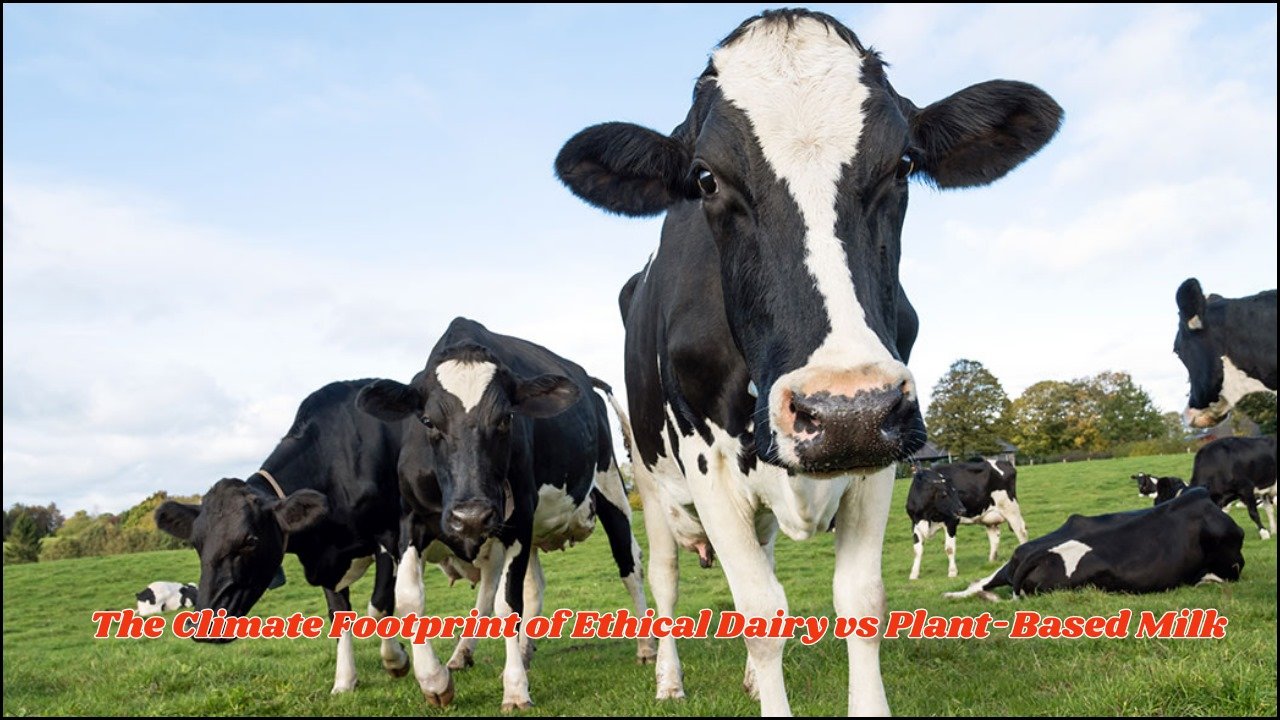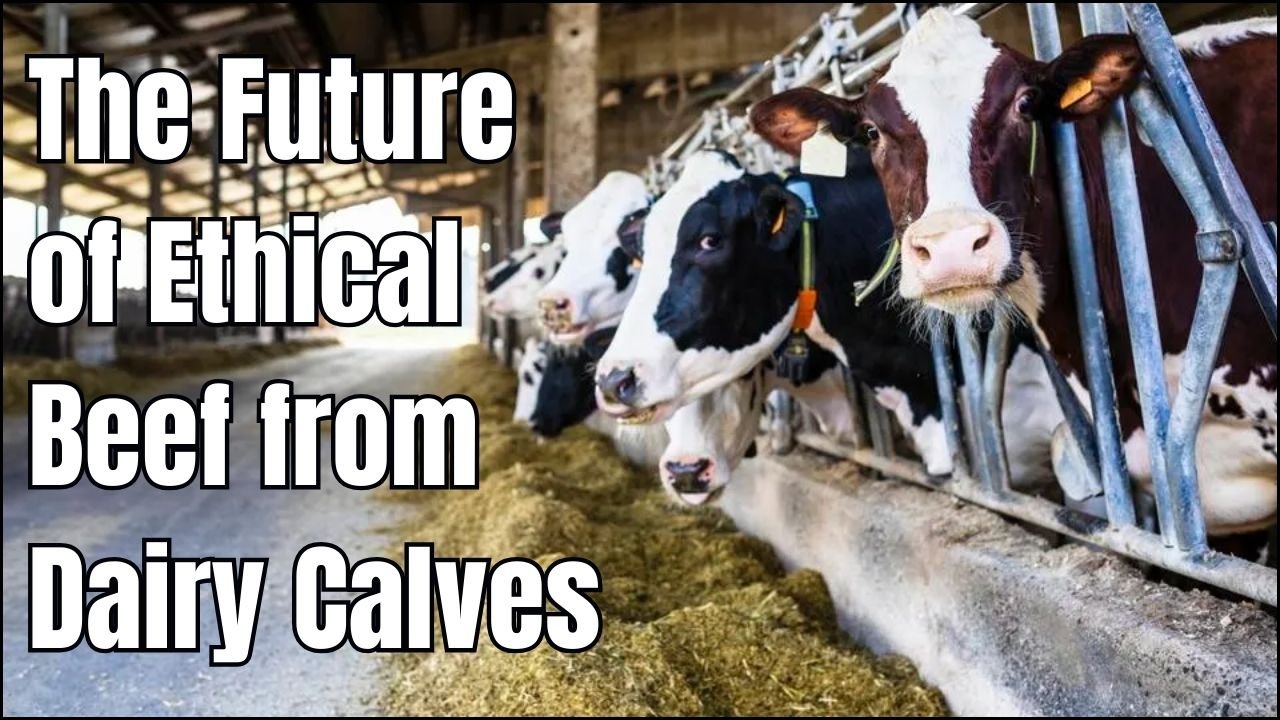
In modern livestock farming, calf health is one of the most critical areas for ensuring future herd productivity and profitability. While antibiotics and conventional medicines are widely used, concerns over drug resistance and chemical residues have driven farmers and researchers to look toward herbal remedies as sustainable, safe, and effective alternatives.
Herbs have long been part of traditional veterinary practices, offering natural compounds with antibacterial, antiviral, anti-inflammatory, and immune-boosting properties. Integrating herbal treatments into calf management not only supports better animal welfare but also reduces dependence on pharmaceuticals.
Table of Contents
Why Herbal Remedies Matter in Calf Rearing
Young calves are highly vulnerable to diseases such as scours (diarrhea), respiratory infections, and digestive problems. These conditions often require costly veterinary intervention and can impact long-term growth and milk production. Herbal remedies offer:
- Natural healing properties with fewer side effects
- Reduced reliance on antibiotics, lowering the risk of resistance
- Improved digestion and immunity, key for healthy development
- Eco-friendly and cost-effective solutions for farmers
By incorporating herbal approaches into routine calf care, farmers can improve herd resilience while maintaining sustainable practices.
Overview of Herbal Use in Calf Health
| Key Aspect | Conventional Approach | Herbal Remedy Approach |
|---|---|---|
| Disease Prevention | Vaccines and antibiotics | Immune-boosting herbs like echinacea and turmeric |
| Digestive Health | Probiotics, chemical treatments | Ginger, fennel, garlic for gut support |
| Respiratory Issues | Antibiotic treatments | Tulsi, licorice, eucalyptus extracts |
| Anti-inflammatory Care | Steroidal drugs | Aloe vera, neem, turmeric |
| Cost Factor | Higher veterinary bills | Affordable herbal alternatives |
| Long-Term Impact | Risk of resistance and residues | Sustainable and safer herd management |
Common Herbal Remedies for Calves
1. Garlic (Allium sativum)
Garlic is one of the most widely used herbs in animal health. Its antimicrobial and antiparasitic properties make it effective against internal worms and infections. Adding garlic powder or juice to feed can strengthen calves’ immunity and reduce intestinal infections.
2. Turmeric (Curcuma longa)
Known for its anti-inflammatory and antioxidant compounds, turmeric supports digestion and enhances resistance to infections. It also promotes wound healing and reduces inflammation in calves suffering from joint or gut issues.
3. Aloe Vera
Aloe vera is rich in natural healing compounds. It acts as a digestive soother, supports hydration, and can be applied externally to treat skin irritations, cuts, and wounds in calves.
4. Neem (Azadirachta indica)
Neem leaves and extracts are powerful natural disinfectants. They are effective against skin infections, ticks, and parasites. Neem-based sprays or supplements help keep calves free from external parasites without harmful chemicals.
5. Ginger and Fennel
Both herbs improve digestion and reduce bloating. Ginger helps calves recover from indigestion, while fennel seeds act as a mild laxative and appetite stimulant, especially useful in young calves transitioning to solid feed.
6. Tulsi (Holy Basil)
Tulsi has strong antiviral and antibacterial qualities. It is often used in respiratory problems to ease breathing, reduce coughing, and strengthen the lungs of calves exposed to cold or damp conditions.
Benefits of Integrating Herbal Remedies
Adopting herbal remedies in calf management provides multiple advantages beyond immediate health care:
- Stronger natural immunity – Calves become less dependent on antibiotics.
- Better digestion – Herbal additives improve nutrient absorption.
- Lower treatment costs – Farmers save on veterinary expenses.
- Residue-free milk and meat – Ensures consumer safety and better market value.
- Sustainability – Reduces chemical load on soil and water, aligning with eco-friendly farming.
Challenges in Herbal Integration
While the benefits are significant, there are also challenges:
- Standardization – Dosage levels vary, making it hard to establish consistent guidelines.
- Scientific validation – More research is needed to confirm traditional knowledge.
- Acceptance – Some farmers hesitate due to unfamiliarity with herbal techniques.
- Availability – Certain herbs may not be easily accessible in all regions.
Overcoming these issues requires more farmer education, scientific studies, and better availability of herbal-based veterinary products.
Practical Tips for Farmers
- Start small by introducing one or two herbs in feed or water.
- Use locally available herbs to reduce costs.
- Combine with good management practices, such as proper housing, clean water, and nutrition.
- Consult a veterinary herbal specialist for dosage recommendations.
- Monitor calf response closely to ensure effectiveness.
Conclusion
Herbal remedies are emerging as valuable tools in calf health management, offering a sustainable alternative to chemical medicines. By improving immunity, supporting digestion, and reducing disease risks, herbs can play a major role in building healthier herds.
While challenges such as dosage and standardization remain, the long-term benefits — healthier calves, reduced costs, and eco-friendly farming — make herbal solutions a promising path forward. As awareness grows, farmers who embrace natural remedies may find themselves ahead in both sustainability and productivity.
FAQs
1. Can herbs completely replace antibiotics for calves?
A = No, but they can reduce reliance on antibiotics by preventing common illnesses and boosting immunity.
2. Are herbal remedies safe for young calves?
A = Yes, when used correctly, most herbs are safe and have fewer side effects than synthetic drugs.
3. How can farmers use herbs daily?
A = They can be added to feed, water, or used externally as powders, extracts, or sprays.





